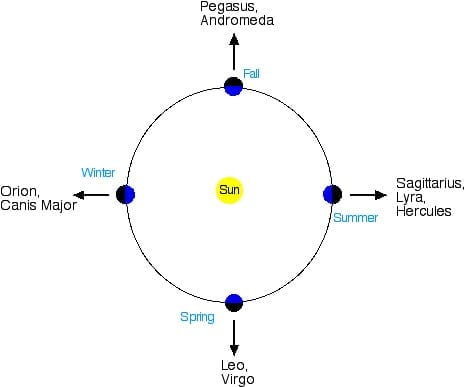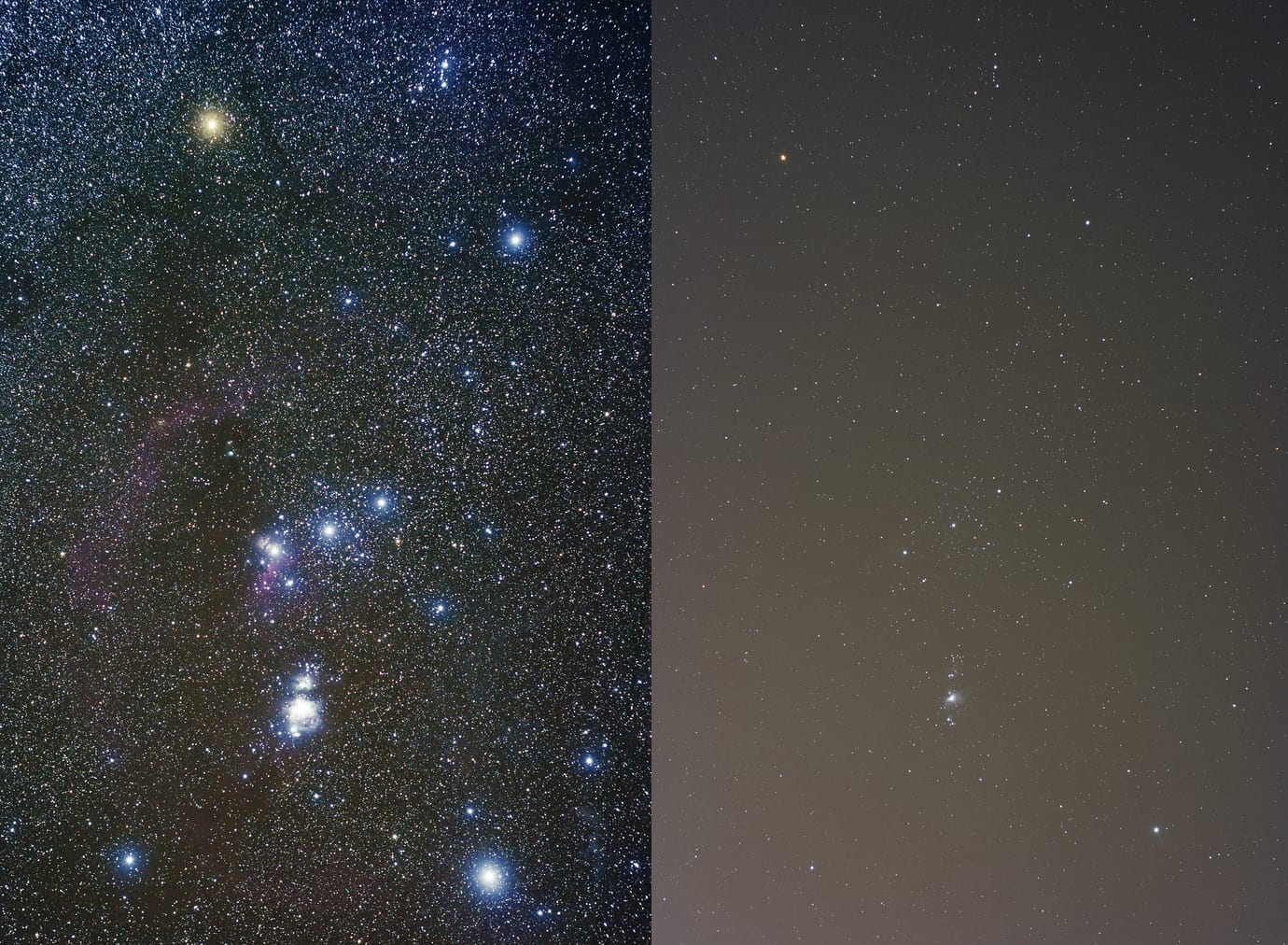This post was written by guest blogger, Lauren Fosbenner, Community Fellow in the Environmental Policy Design Master’s program at Lehigh University.
Summer is a great time to gather outside with friends and family seeking stars. One way to explore far-off reaches of the galaxy without much special knowledge or equipment is to stargaze. Here are some tips that’ll have you pointing out Cassiopeia and the Summer Triangle to your friends in no time:
- To see the most stars, you’ll want to go to an area away from light. In cities the stars can be hard to see against the sky glowing from manmade light. This website maps out light pollution in the US to help you find the darkest place near your to stargaze. Without light pollution about 2,500 stars are visible to the naked eye, but only 200 to 300 are visible in the suburbs, and under 12 are visible in cities. While you will still be able to see the brightest stars and constellations even if you live in a somewhat heavily lit area, traveling to a dark area to view the stars will unlock an entirely different version of the night sky.
- Similarly to manmade light, light from the moon can obscure our view of stars. For this reason, it’s best to go stargazing when none or only a little of the moon is illuminated, during the new moon or crescent moon phases. Upcoming new moons are June 3rd and July 2nd.
- Many of us can find the Big Dipper; this guide including a 360° video explains how to move across the sky from the Big Dipper to locate other constellations, specifically those that are visible in the summer. It’s important to know what constellations to look for in the season you are stargazing, because the night sky changes throughout the year!

As the earth orbits around the sun, the night sky (the side opposite the sun) faces different directions. In summer, for example, Sagittarius is visible but Orion is not – it’s overhead during the day, when it can’t be seen because of the sun. The opposite is true in winter. (Photo Credit: Cornell University Ask an Astronomer)
- Join us for an NNC star gazing party! These events are free and open to all. Telescopes and astronomy experts will be available to help you see constellations and planets and to answer your questions at Scott Park on May 24th, June 21st and July 20th from 8:30-10:30 pm. Event information here.


